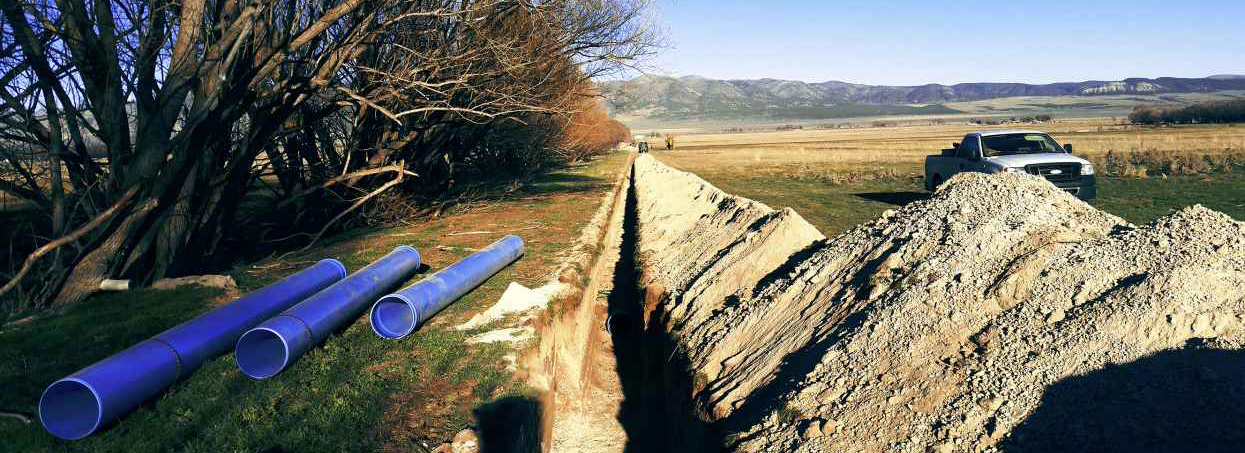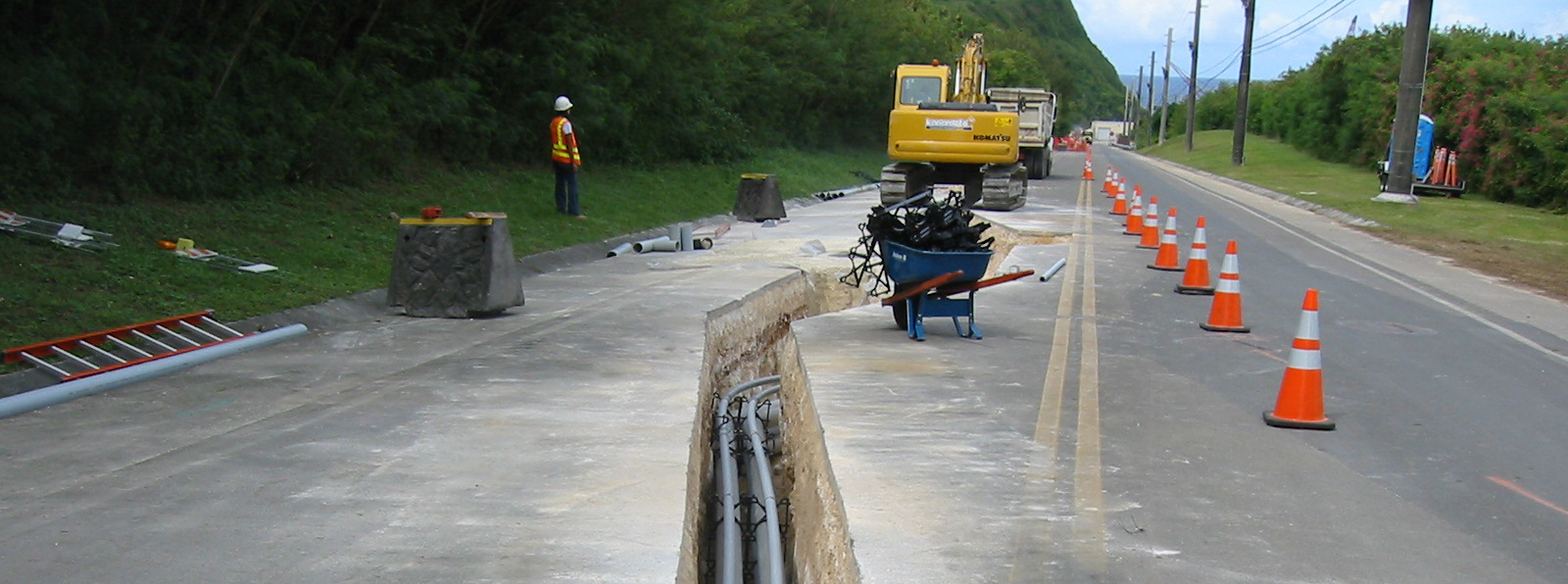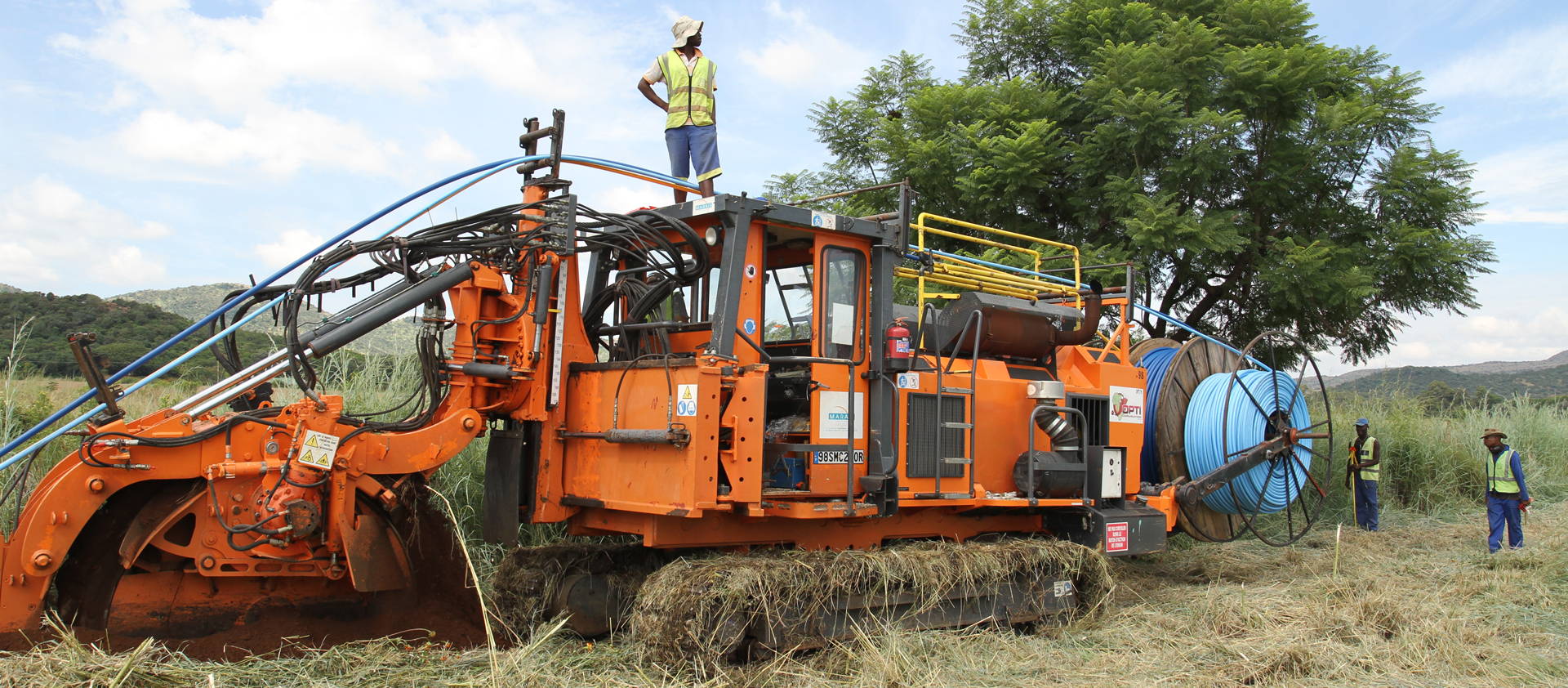What Is Optical Infrastructure Sharing?
Optical infrastructure sharing, one the telecom infrastructure sharing models, is an efficient way to enable the building of new optical network infrastructure in various cases. For instance, the business case of each operator building its own infrastructure in rural areas of emerging countries might not fly due to the small market size (e.g. low population density or low revenue generation potential); sharing the capital (and operational) expenditures required by such a build-out among 2 or 3 operators can be a way to make it economically viable. In developed countries, building new infrastructure in dense, complex urban environments cause many disturbances: forcing operators to share the deployed infrastructure with competitors is a way to avoid network build-out and associated disturbance duplications, facilitate the entry of new players and increase the competition.
Optical infrastructure sharing is not new and can take different forms. When optical network operators lease capacity (e.g. 10G wavelengths) to other operators, they are effectively sharing their optical infrastructure by providing a shared active network for use by their customers. Selling dark fiber pairs in a subsea cable system represents another form of optical infrastructure sharing.
Moving back to developing countries, optical infrastructure sharing represents one of the key components of any governmental policy effort aiming at unbridling the social and economic benefits brought by affordable, high-quality access to Internet. As such, optical infrastructure sharing is a very interesting topic combining technical, commercial, regulatory and policy matters.

Optical Infrastructure Sharing Drivers/Benefits
Drivers for, and benefits from, optical infrastructure sharing are multi-fold. Although they depend on specific market conditions, there is a common set of facts that justify optical infrastructure sharing. Below is a non-exhaustive list of them:
- Minimizing construction costs and network asset duplication, enabling network expansion in a cost-effective way
- Reducing operational costs (e.g. sharing the cost of maintenance and site security)
- Reducing overall network underutilization
- Reducing barriers to entry, for increased competition and lower prices
- Reducing visual, physical and environmental impacts of necessary infrastructure (especially true for mobile networks but valid for optical networks as well)
- Maximizing social welfare (via expanding network coverage, improving connectivity reducing the rural-urban digital divide, and accelerating broadband service take-up)

Potential Drawbacks from Optical Infrastructure Sharing
From operators’ perspective, optical infrastructure sharing can mean sacrificing some aspects of differentiation (e.g. network footprint/coverage) with competing operators. As a result, in immature markets especially, where levels of competition are usually lower, operators may be less willing to consider strategies that involve collaborating with competitors. Infrastructure sharing must lead to a tight trade-off between expected faster and more cost-efficient network expansions in the short term, and the potential disincentives to innovation and investment in new technologies in the midterm. In ideal conditions, infrastructure sharing should result from an agreement between operators who clearly understand both commercial and technical benefits from this approach, that free resources and time to focus on service differentiation as experienced by the end users. When this does not happen, governments and policy makers are then the key players to favor (or impose) optical infrastructure sharing in an effort to enable telecom services in underserved markets or develop competition, while maintaining incentives for innovation and further investments.

What Can Be Shared?
Various assets and components can be shared by the operators sharing telecom infrastructure. This section is focused on optical infrastructure but some examples of shareable assets within mobile or satellite networks are provided for general information.
Intangible Infrastructure Assets: They do not exist physically but are necessary to provide a telecommunication service.
- Rights of way
- Installation permits granted for the installation of submarine cable systems
- Licenses granted for the use of radio spectrum (for mobile communications)
Active Tangible Infrastructure Assets
- Active network elements
- Management system / Software
- Optical wavelength (this asset exists only when active network elements have been activated)
- Optical spectrum (this asset exists only when active network elements have been activated)
Passive Tangible Infrastructure Assets: They are necessary to support the active infrastructure assets.
- Lands
- Sites
- Cable landing stations
- Poles
- Ducts
- Dark fibers
- Masts / Towers (for mobile communications)
- In a broader sense:
- Civil works
- Power supply
- Radio spectrum (for mobile communications)
- Orbital slots (for satellite communications)
One comment about rights of ways for terrestrial optical networks: purchasing or leasing land and obtaining permit to dig are among the most time consuming and expensive components of any new terrestrial optical network deployment. This can make it particularly difficult for new entrants to compete with the existing (usually previously state-owned) operators, which often have easier access to public land and state supported rights of way, especially when they first deployed their network prior to advent of the alternative operators competing the state-owned incumbent operator.

Optical Infrastructure Sharing Models
Three basic models of infrastructure sharing can be listed: infrastructure asset sharing, infrastructure mutualization, and infrastructure cooperation.
- Infrastructure Asset Sharing: Infrastructure asset sharing happens when two or more competing telecom operators share assets (whether intangible or tangible active/passive) that are required to provide telecom services. Examples of these include ducts and rights of use. Infrastructure asset sharing can take the form of telecom operator consortium where a group of operators share the cost and ownership of a common asset, such an optical cable. This model is common for subsea cable systems but is found also in terrestrial cables. The infrastructure asset sharing model may include partial governmental ownership and mechanisms to support open access for smaller operators.
- Infrastructure Mutualization: Infrastructure mutualization is a particular type of infrastructure sharing and happens when a common network infrastructure is built, operated, and maintained by a third party (i.e. an infrastructure provider) and jointly used by telecommunication service providers. Service providers lease a portion of the mutualized infrastructure and pay a wholesale price for it. Infrastructure mutualization can be driven purely by markets or promoted by governments when the private sector does not have the incentives or resources. Public Private Partnership (PPP) approaches with different degrees of ownership and risk sharing may be used to build the infrastructure under open access, non-discrimination and low-cost pricing principles.
- Infrastructure Cooperation: Infrastructure cooperation arises when telecommunication infrastructure is housed or jointly constructed with other linear infrastructures in order to exploit the potential synergies in the rights of way, construction, operation, and maintenance of several networks at the same time. The fact is that, e.g., power lines to transport electricity have frequently the same destinations and origins than optical links (as both of them serve clusters of people). An example of infrastructure cooperation is when utility operators (railways, highways, waterways, pipelines or electricity distribution) share rights of way with broadband operators or facilitate the deployments of the optical fibers (e.g. Optical Ground Wire – OPGW – cable in power grids). Cooperation differs from mutualization because players are not competing in the same market and, as a result, are more willing to share.
The ownership of a shared telecom asset might belong to one of the telecom operators, be distributed among them, or be property of a third party.

Policy Practices to Favor Optical Infrastructure Sharing
Several players can promote or help encourage infrastructure sharing, with various levers. Among them are policy makers, telecom regulators, and international/regional associations. Various measures are available to promote optical infrastructure sharing. A non-exhaustive list is provided below:
- Implementing dig once policies requiring the first operator to make available fibers or ducts to new entrants.
- Requiring all new transport or energy infrastructure to include ducts for optical cables (coordinating optical network roll-out with road construction is estimated to add only 0.9-2% to the total cost of the road project).
- Trading rights of way for dark fibers (e.g., the Mid-Atlantic Broadband Co-operative (MBC), which built an optical network for a rural and previously underserved part of Virginia in the US, provided a total of 12 fibers for public sector use in return for rights of way).
- Creating a cross-sectoral infrastructure planning database.
- Coordinating rights of way.
- Requiring operators to publish relevant information for infrastructure sharing.
- Including clear sharing guidelines in license conditions.
- Attaching conditions for infrastructure sharing to qualify for funding (e.g. the Word Bank includes a funding condition that fiber is deployed on new high tension grid build-out).
- Simplification of cross-border digging procedures.
- Making mandatory fair/open access to fiber backbones and submarine landing stations.
- Developing national geospatial record keeping and intra-governmental coordination to realize the full potential of sharing the infrastructure of various sectors with more efficient planning, synchronized build-outs and minimizing the risks of cable cuts to other fiber operators.
- Creating a state-owned company to build and operate an optical backbone network. This seems to pose a step back in the process of market liberalization although in some cases this might be the only possible solution if it is not possible to reach an agreement among telecom operators.

Magnitude of the Potential Cost Savings from Optical Infrastructure Sharing
Cost savings depend on the sharing model employed: unsurprisingly, the more components shared, the higher the cost savings that can be gained; however, civil engineering (and related activities) is by far the most expensive item. The cost of civil works depends mainly on the geographic features of the terrain to be traversed. Broadly speaking, civil works for cable terrestrial installation include planning and design, obtaining permissions, creating cable ducts and channels, as well as the installation of the cable and connection at each end.

Focusing on civil engineering, a 2010 Ofcom report provides some figures for the civil works in the UK associated with traditional trenching in various environments (urban, suburban and rural). The civil work costs range from $180k/km for urban environment down to $40k/km in rural environment. The respondents to Ofcom research identified a number of cost variables that impact on the civil work costs:
- Material being dug
- Surface type (e.g. block paving has higher reinstatement costs)
- Construction permits (including lane closures, parking bay suspensions, etc.)
- Restrictions on the time of works (higher labor rate for night work)
- Traffic management
- Contract size
Moving away from Europe, total deployment costs in Africa are estimated to be about $4k/km for overhead cables deployed on the top of poles) and up to $25k/km for underground deployments. Both figures correspond to the total cost of deployment, including cable and civil works costs, being understood that the later one amounts to 60-80% of the total cost for underground installation.

Let’s assume a greenfield terrestrial 2,000 km optical backbone network to be deployed underground in an African country. The cost for such a network can amount to $50m. By sharing this network installation with two other operators (according to the infrastructure asset sharing approach), an operator could save up two thirds of this cost, i.e. $33.3m. If the cost of the civil engineering can be avoided by using another linear infrastructure, cost savings could be notably higher. As a rule of thumb, about 80% of the total costs incurred for an underground optical network can be saved by using existing infrastructure such as power transmission lines, railways, highways or oil pipelines. By sharing the infrastructure with utilities or the transport network, an operator could therefore save costs of about $40m for the reference 2,000 km network. If the cost of the optical cables and sites for housing active equipment is also shared with two other telecom operators, the total cost to the operator drops from $50m to $3.3m!
For comments or questions, please contact us.
Note: Part of this post is based on elements from World Bank Group reports.

